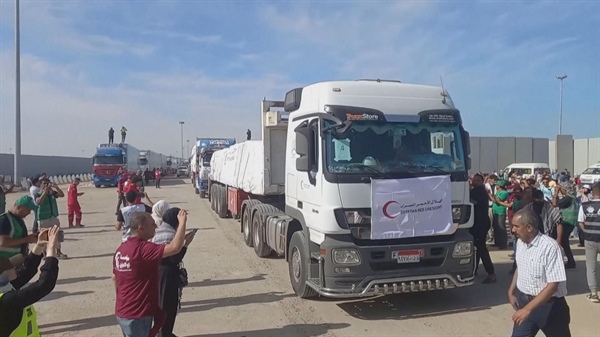
Trucks carrying humanitarian aid from Egypt pass through the Rafah border crossing into the Gaza Strip, October 21, 2023 Photo: REUTERS
Accordingly, on October 21, the Rafah border gate (Egypt, Gaza Strip) was opened, the first humanitarian aid convoy entered the Gaza Strip. This is a highly anticipated development after more than two weeks of conflict that caused the Gaza Strip to be completely blockaded by Israel, cutting off the supply of electricity, water and food, causing a serious humanitarian crisis. The United Nations (UN) said that the convoy of 13 trucks carrying medicine and medical supplies, 5 trucks carrying food and 2 trucks carrying water provided by the Egyptian Red Crescent Society and the UN was received by the Palestinian Red Crescent Society. However, the aid did not include fuel, which is gradually running out in Gaza.
But that is not enough. The Palestinian Ministry of Health said that the aid delivered on October 21 “represents only 3% of the daily humanitarian and medical needs that entered the Gaza Strip before the conflict broke out.” The ministry said that “the absence of fuel in the aid shipments will pose a threat to the lives of patients and the wounded,” leaving Gaza hospitals “completely depleted,” and called on the international community to “act immediately to provide emergency fuel and medical supplies before more lives are lost in hospitals.”
According to UN estimates, about 100 trucks are needed every day to meet the minimum needs in Gaza. According to Mustafa Barghouti, a member of the Palestinian Legislative Council, Gaza needs at least 500 trucks carrying fuel, food, medicine and water every day. The immediate need now is 7,000 trucks of immediate aid. Obviously, if the border gate is only open for a short time like on October 21 and with 20 trucks, it is like a drop in the ocean, not enough to control the increasingly deteriorating humanitarian situation.
Faced with that reality, five UN agencies, including the UN Development Programme (UNDP), the UN Population Fund (UNFPA), the UN Children's Fund (UNICEF), the World Food Programme (WFP) and the World Health Organization (WHO), issued a joint statement warning of the increasingly "dire" humanitarian situation in Gaza, and calling for international assistance for civilians. "Gaza was once a place of desperate humanitarian conditions. Now it is dire. The world must do more," the statement stressed, adding that more than 1.6 million people in Gaza are in dire need of humanitarian aid after two weeks of continuous bombing of the territory, which has damaged much of the civilian infrastructure such as homes, health facilities, water, sanitation and electricity. The statement also warned of the risk of a spike in the death rate due to the outbreak and lack of health care capacity.
The humanitarian crisis is no longer a threat but a reality. WFP Executive Director Cindy McCain said hunger is spreading in Gaza. “The situation in Gaza is dire with a lack of food, water, electricity and fuel. It is like a perfect storm of humanitarian disaster,” McCain said, asking for the WFP to continue sending more trucks to the region to “reach the millions of people who are literally starving.”
Along with hunger comes the risk of disease outbreaks. The WHO has issued this warning, concerned about the estimated 350,000 people in Gaza with chronic conditions such as diabetes who struggle to access health care.
After more than two weeks of conflict, more than 4,300 Palestinians have been killed and 13,000 injured. This number is sure to rise not only due to bombs and stray bullets but also due to hunger and disease. Worryingly, innocent women and children are victims of the conflict. Of the dead, more than 1,500 are children. Making up about half of the 2.3 million population of the Gaza Strip, these innocent children are showing more signs of trauma than ever after more than two weeks of Israeli attacks. They have nowhere to hide from the bombs, and fear is always present. But what is more worrying is that the children are calloused and insensitive to pain. Mental health experts say that post-traumatic stress disorder does not occur in Gaza because it is a continuous state, with repeated armed conflicts lasting nearly two decades. Early on the morning of October 21, after an Israeli airstrike destroyed a building in Gaza City, killing scores of people, a group of children stood watching as rescue workers sifted through the rubble for survivors and bodies. While nearby women wept, the children watched, their faces expressionless.
While the humanitarian crisis is approaching a catastrophic situation, the war has not abated, but on the contrary, it is on the rise. Last weekend, Israel increased its infantry and military equipment to the areas bordering the Gaza Strip, a sign that the country is preparing for the next phase of the war. What the international community fears most is that Israel will launch a ground attack in the Gaza Strip. If so, not only will Hamas suffer great losses, but Israel itself will also pay a heavy price. At the same time, the conflict is also at risk of spreading to other fronts, making the prospect of peace increasingly fragile.
Meanwhile, hopes for a diplomatic end to the conflict have not yet been met with any results. The Cairo Peace Summit ended without any breakthrough on Gaza. The absence of Israel and senior US and Western officials foreshadowed the outcome. And at the Summit, while Arab and Muslim countries called for an immediate end to Israel’s offensive, Western representatives mainly mentioned more modest goals such as humanitarian relief for the people.
With each passing day, the death toll in Gaza rises and the humanitarian crisis worsens. For 17 years, the people of this strip have endured blockade and siege. Now it is even worse and how much longer will the innocent people have to endure?
PEACEFUL
Source


![[Photo] Welcoming ceremony for Prime Minister Pham Minh Chinh and his wife on an official visit to Malaysia](https://vphoto.vietnam.vn/thumb/1200x675/vietnam/resource/IMAGE/2025/5/25/dc30203c3ae24da3990266ec3b29bb2d)
![[Photo] Funeral of former President Tran Duc Luong in Quang Ngai](https://vphoto.vietnam.vn/thumb/1200x675/vietnam/resource/IMAGE/2025/5/25/ccf19a3d8ea7450bb9afe81731b80995)
![[PHOTO] Hanoi fences off demolition of "Shark Jaws" building](https://vphoto.vietnam.vn/thumb/1200x675/vietnam/resource/IMAGE/2025/5/25/1b42fe53b9574eb88f9eafd9642b5b45)
![[Photo] Ea Yieng commune settlement project abandoned](https://vphoto.vietnam.vn/thumb/1200x675/vietnam/resource/IMAGE/2025/5/25/57a8177361c24ee9885b5de1b9990b0e)
![[Photo] French President Emmanuel Macron and his wife begin state visit to Vietnam](https://vphoto.vietnam.vn/thumb/1200x675/vietnam/resource/IMAGE/2025/5/25/03b59c7613144a35ba0f241ded642a59)





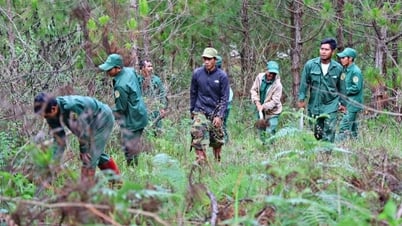

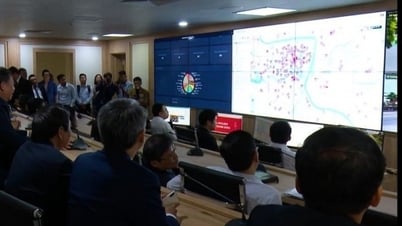







































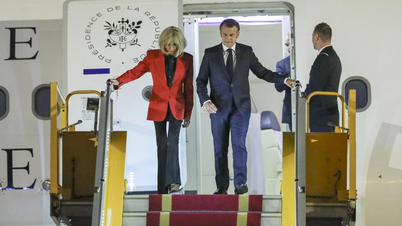
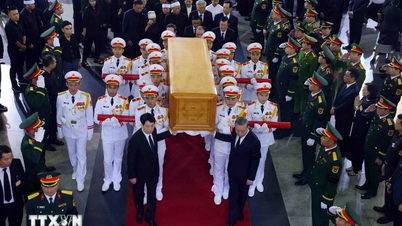

































Comment (0)